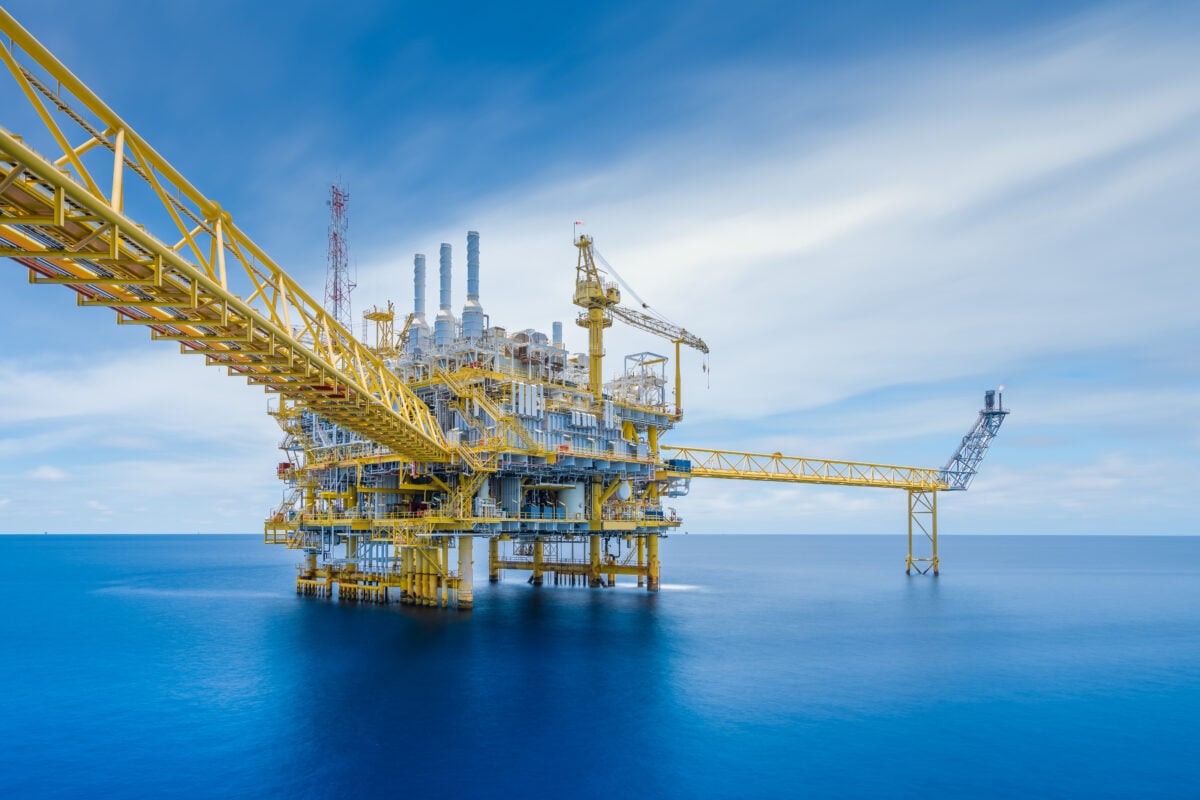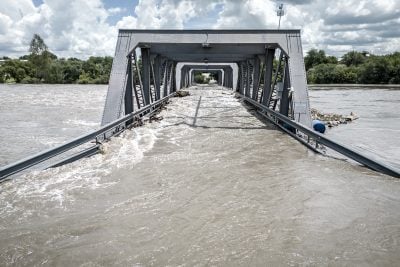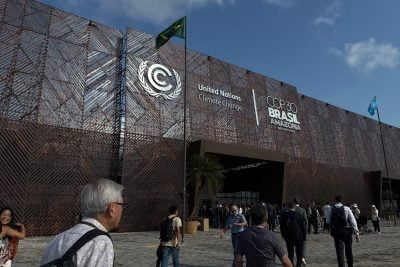In just a year, production is due to commence on the $4.8bn Grand Tortue Ahmeyim (GTA) liquefied natural gas platform. It will be operated by the British oil giant BP and Kosmos Energy of the US. The gas reserves, straddling the maritime border between Mauritania and Senegal, were discovered in 2014.
The level of completion of the work was estimated at 80% in September, although the project was delayed for a year due to the Covid-19 pandemic in 2020. A floating production, storage and offloading unit – a building designed for hydrocarbons produced at sea – should leave China to join the site by the end of the year, announced Gordon Birrell, BP’s executive vice-president for production and operations, in early September.
In other words, Mauritania is on the verge of becoming a major global gas producer and one of the most important in Africa. Gas reserves are estimated at 1400bn cubic metres. In its first phase, lasting until 2025, the field will produce 2.5m tonnes per year. This will double in the second phase, for which discussions will begin this November, and rise to 10 million tonnes per year in its third phase.
Covering 33,000 sq km, the gas field contains 1400bn cubic metres of reserves. This suggests, according to BP, a production potential of 30 to 50 years from the fields. “In this 10-year period, from today to 2030, priority is given to exploiting the country’s full gas potential,” said Abdessalam Ould Mohamed Saleh, Mauritania’s Minister of Oil, Mines and Energy, in June 2022 at the African Energy Forum in Brussels.
At a time of conflict in Ukraine, when Europe is looking for new sources of gas supply, this new gas windfall could appear providential. “It will be liquefied gas for export and some of it will be consumed locally for the needs of electricity and local industry. So it’s a project that will help to alleviate the pressure that exists on certain European markets in particular,” said the minister on French radio in early October.
He was in Paris, for the signing of a contract with Total Eren and Chariot for the Nour green hydrogen project (see pages 10-11). In mid-September, Mauritania also launched discussions with Morocco on linking up gas pipelines as part of a pipeline that will run from Nigeria to the north of Morocco.
This new gas deal will irreversibly change development prospects for Mauritania, a country twice the size of France but with a population of only 4.6m, whose economy has until now revolved around two pillars: the mining industry (iron, gold, copper), which accounts for 54% of its exports, and fishing, which accounts for 46%, thanks to its waters, which are among the richest in the world.
- Mauritania’s strategic vision
- Mauritania set to double iron production
- Green hydrogen presents enormous opportunities for Mauritania
- Mauritania rising: A new perspective for tackling the local content gap
Revenues will drive Mauritania’s development
Thus, Nouakchott expects at least $19bn in additional revenue over the next 30 years in a country that had a gross domestic product (GDP) of $7.6bn in 2019, which was already four times more than in 2000.
This will not change the economy overnight, emphasised Ousmane Mamadou Kane, the Minister of Economic Affairs and the Promotion of the Productive Sector. “What is expected is first of all the injection of a lot of resources into the Treasury and the Central Bank, which will make it possible to face up to the enormous needs of basic education, road infrastructure, water, sanitation and energy, which the country needs.”
More gas potential
In the Senegalese-Mauritanian basin, the Yakaar-Teranga gas field should also start production by 2024 on the Senegalese side. There is the potential of other gas fields off the Mauritanian coast such as that of BirAllah, discovered in 2019, with a potential almost as great as that of neighbouring Grand Tortue. The country is currently in discussions about it with BP and Kosmos Energy, but no contracts have been signed.
There is also the Banda field, discovered 20 years ago, which has had several partners and many upsets. Last December, seven years after the departure of the last operator, the British company Tullow Oil, Mauritania signed a non-binding memorandum of understanding with the American company New Fortress Energy to produce electricity from gas by 2024, in order to supply the local markets via the 180 MW Mauritanian power plant of Somolec and a new 120 MW plant.
While the international context and the need for new sources of supply could be favourable to Mauritania, the ball remains in the court of private investors.
“Now we have operators who are running these fields and it is the pace of their investments that will ultimately decide. We are pushing hard for the acceleration of these investments,” insisted Mauritania’s Minister of Petroleum, Mines and Energy, Abdesselam Ould Mohamed Saleh.
This article was produced in association with the Ministry of Petroleum, Mines and Energy of Mauritania.
Want to continue reading? Subscribe today.
You've read all your free articles for this month! Subscribe now to enjoy full access to our content.
Digital Monthly
£8.00 / month
Receive full unlimited access to our articles, opinions, podcasts and more.
Digital Yearly
£70.00 / year
Our best value offer - save £26 and gain access to all of our digital content for an entire year!
 Sign in with Google
Sign in with Google 



